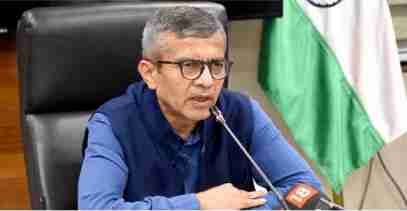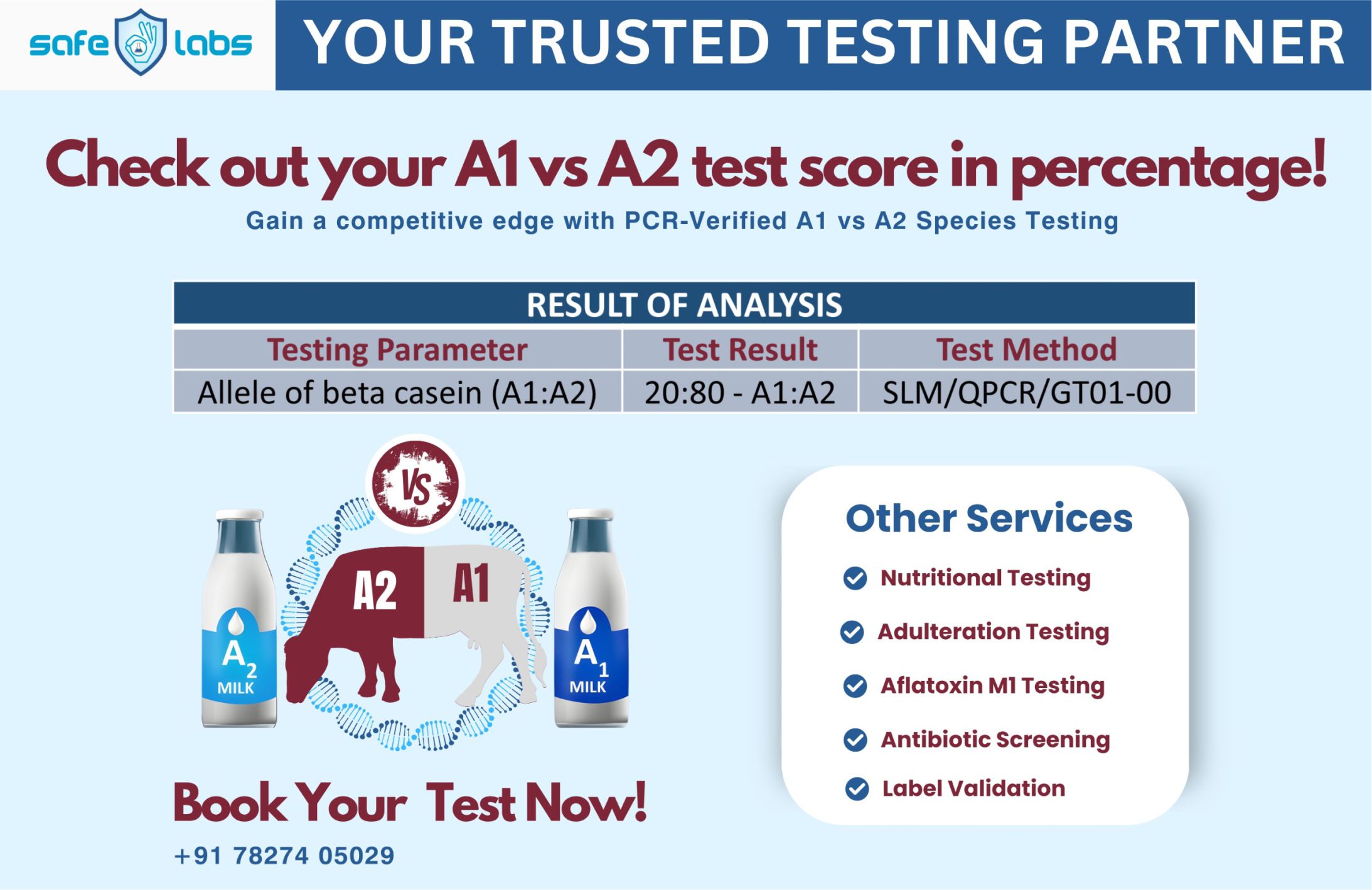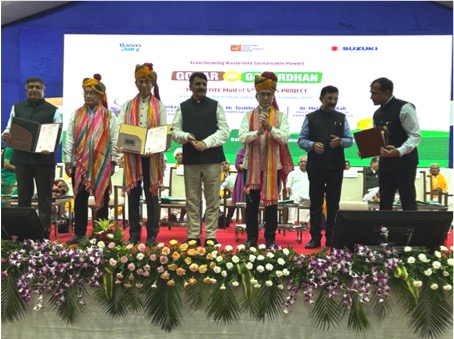The Centre is foreseeing “stagnation” in milk production and a possible scarcity in the availability of ghee and butter as an impact of the Lumpy Skin Disease (LSD) that took the lives of about 1.89 lakh cattle recently. Union Secretary, Department of Animal Husbandry & Dairying Rajesh Kumar Singh said all options, including import of certain milk products, would be considered by the government if the situation remained unchanged. He said increase in the prices of fodder and its scarcity was another reason for the “price inflation” in milk and its products. The last time when the country imported milk products was in 2011.
Mr. Singh said there was an impact of LSD and it was felt to the extent that the production was “a little stagnant”. “Normally, milk production is growing at 6% per year. This year, it is either stagnant or has grown at 1 or 2%. The data from cooperative sector shows the production has grown at 2%. But, if we take the data of private sector, we assume that the production is stagnant,” he told reporters here on Wednesday.
The demand of milk, however, has grown up by about 8 to 10%. The demand was suppressed during the COVID-19 lockdowns. “People did not invest in this sector during the period. As a result there is price inflation in milk. Milk supplies are not seriously constrained, but in the case of ghee and butter we may face some constraints. Stocks are little lower than they were in last year. We will take a call if there is a need for an intervention. We hope to keep it under control, but if required we will intervene,” he said.
He said increase in the prices of fodder was a reason for the stagnation in production and for price rise. “Fodder crop cultivation area is around 4% for the last five decades. But our dairy sector is growing at a rate of 6%. Seasonal and regional scarcity results in price rise. We will even out this once investment comes both by farmers and industries in this sector. As of now, there is a structural deficiency in fodder. It will take some time to address this issue,” he said.
He said the Centre would look at the stock position of southern States and take a decision on import. “Hopefully, we may not have to take that call. In 2011, the country had imported milk products. We want to ensure that farmers are protected, but consumers also don’t face too much of a burden. We will intervene if it is required. The intervention will be through the public sector such as the National Dairy Development Board,” he said adding that import was a possibility. “We do have adequate skimmed milk powder. For fats, we are slightly restrained. Import is last resort,” he said.
On the current situation of LSD, he said the deaths had stopped. “1,89,000 livestock have died due to the pandemic. Nine crore, almost one-third, of the cattle have been vaccinated. There is a chance of recurrence after the monsoon. We have issued an advisory to States to ensure vaccination,” he said. “The only way to protect us from future pandemics is through a holistic approach called ‘One Health’, which focuses on the health of people, animals and the environment,” Mr. Singh said.






























